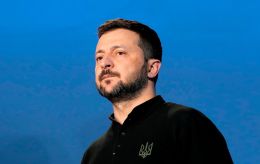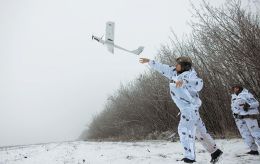IAEA chief meets with Ukrainian Energy Minister before heading to Zaporizhzhia NPP
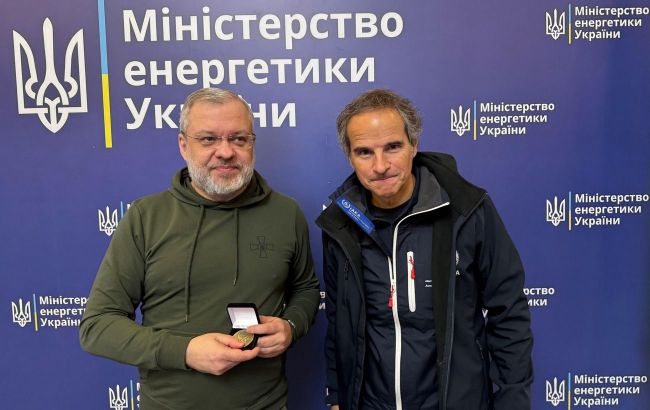 IAEA Director General Rafael Grossi and Energy Minister Herman Halushchenko (twitter.com/rafaelmgrossi)
IAEA Director General Rafael Grossi and Energy Minister Herman Halushchenko (twitter.com/rafaelmgrossi)
The head of the International Atomic Energy Agency (IAEA), Rafael Grossi, met with Energy Minister Herman Halushchenko and representatives of Energoatom. After that, he plans to visit the temporarily occupied Zaporizhzhia Nuclear Power Plant, according to Grossi.
"Ahead of my visit to ZNPP, glad to meet Energy Minister Halushchenko, regulator Korikov (Oleh, head of the State Nuclear Regulatory Inspectorate - ed.), and Energoatom's Kotin (Petro, president of Energoatom - ed.) and exchange on Ukraine's NPPs," he writes.
Grossi emphasizes that the IAEA representatives are "actively present at each site" and the agency "remains steadfast in supporting the safety and security of these facilities."
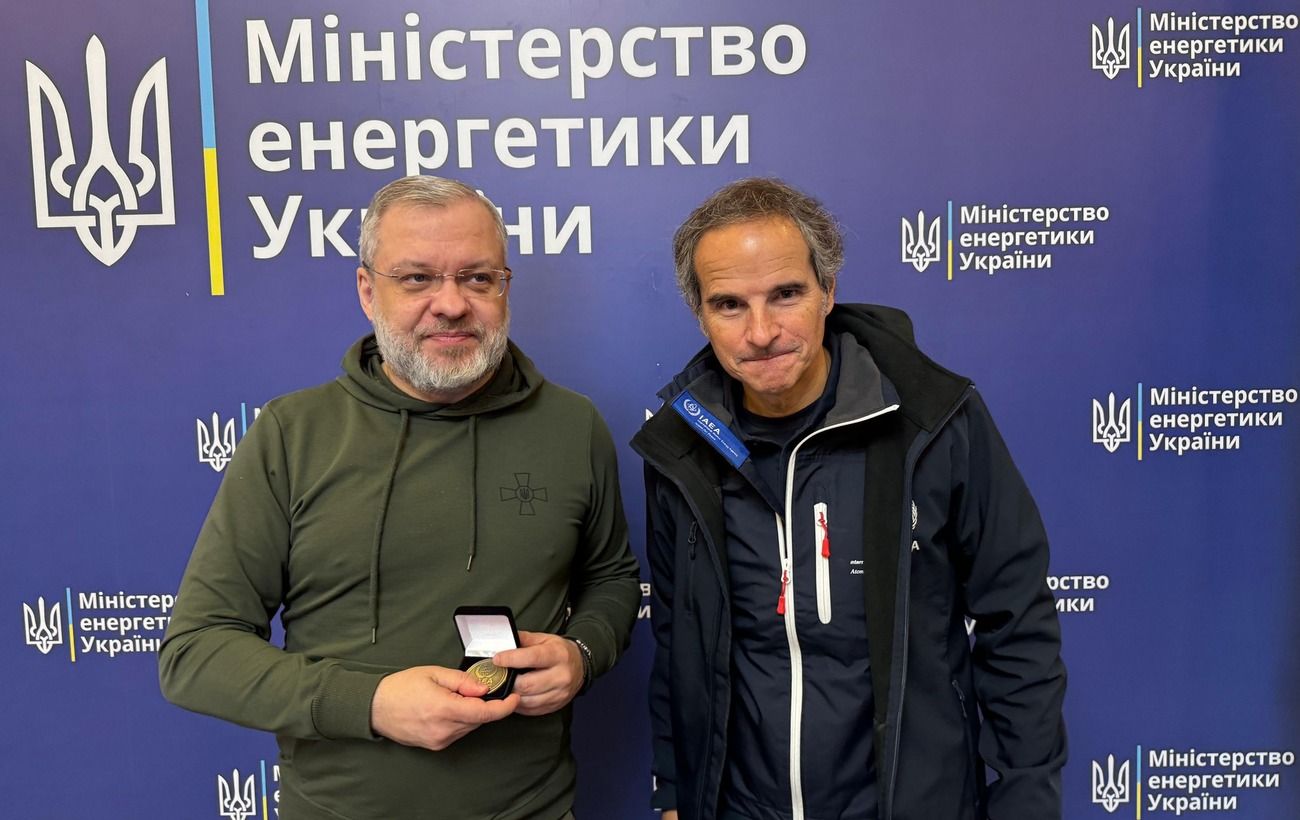 twitter.com/rafaelmgrossi
twitter.com/rafaelmgrossi
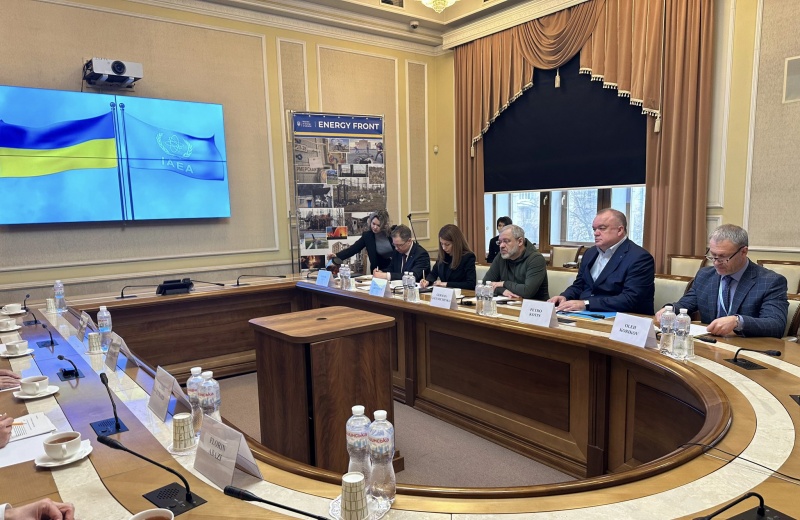 twitter.com/rafaelmgrossi
twitter.com/rafaelmgrossi
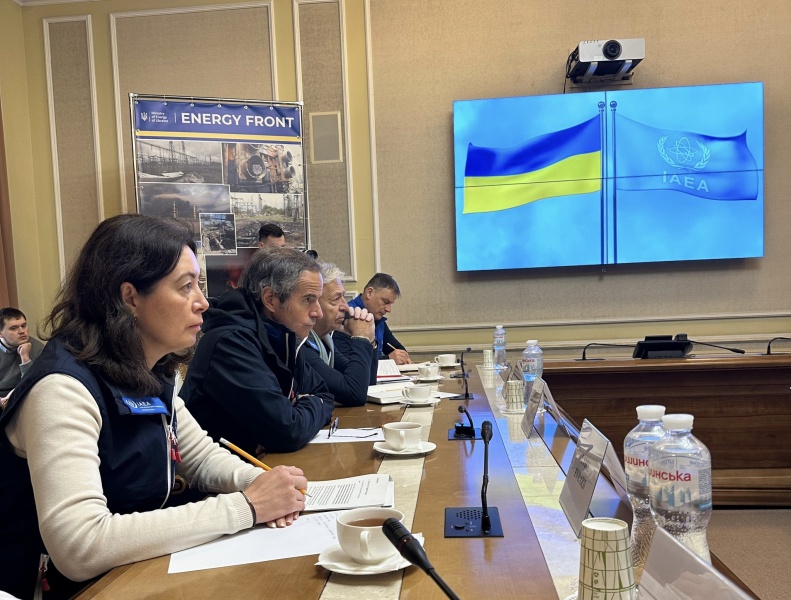
twitter.com/rafaelmgrossi
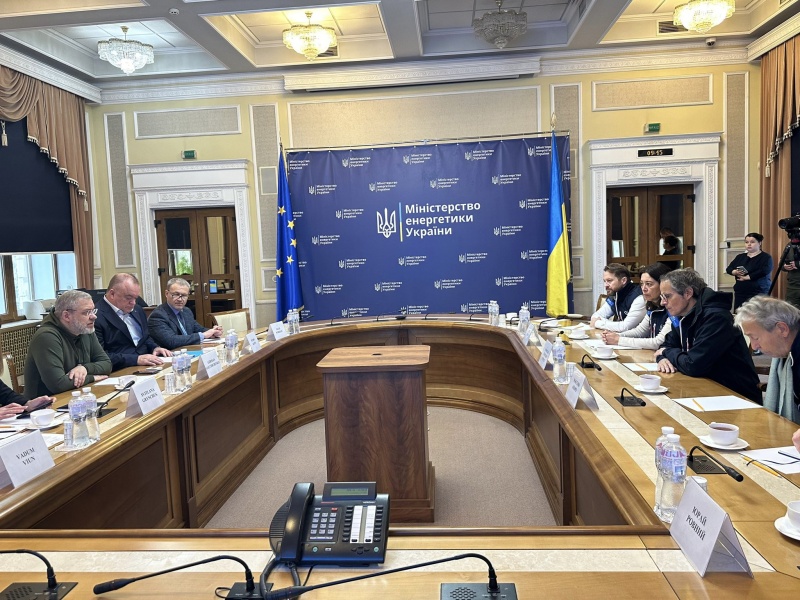 twitter.com/rafaelmgrossi
twitter.com/rafaelmgrossi
Grossi in Kyiv
In early February, it became known that the Director General of the International Atomic Energy Agency (IAEA), Rafael Grossi, would visit Kyiv and the Zaporizhzhia Nuclear Power Plant this week.
The Russian occupiers seized Zaporizhzhia NPP in the first weeks of the invasion of Ukraine in February 2022. Russia stuffed the plant with equipment and military personnel and mined it. On January 20, the IAEA announced that it had discovered new mines on the territory of the Zaporizhzhia NPP.
After the explosion of the Kakhovka hydroelectric power plant, there was a threat of the impossibility of cooling the ZNPP reactors, which require water from the Kakhovka reservoir for this process. The very next day after the dam was blown up, on June 7, 2023, Grossi stated that "in the worst case, without cooling, there is a risk of a nuclear weapon meltdown with tragic environmental consequences."
